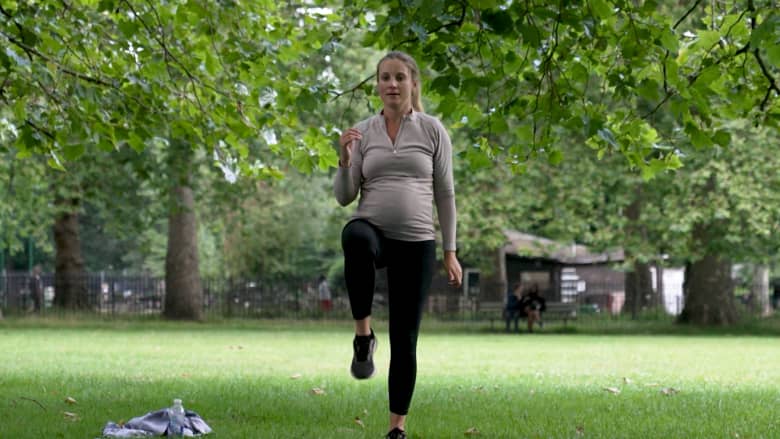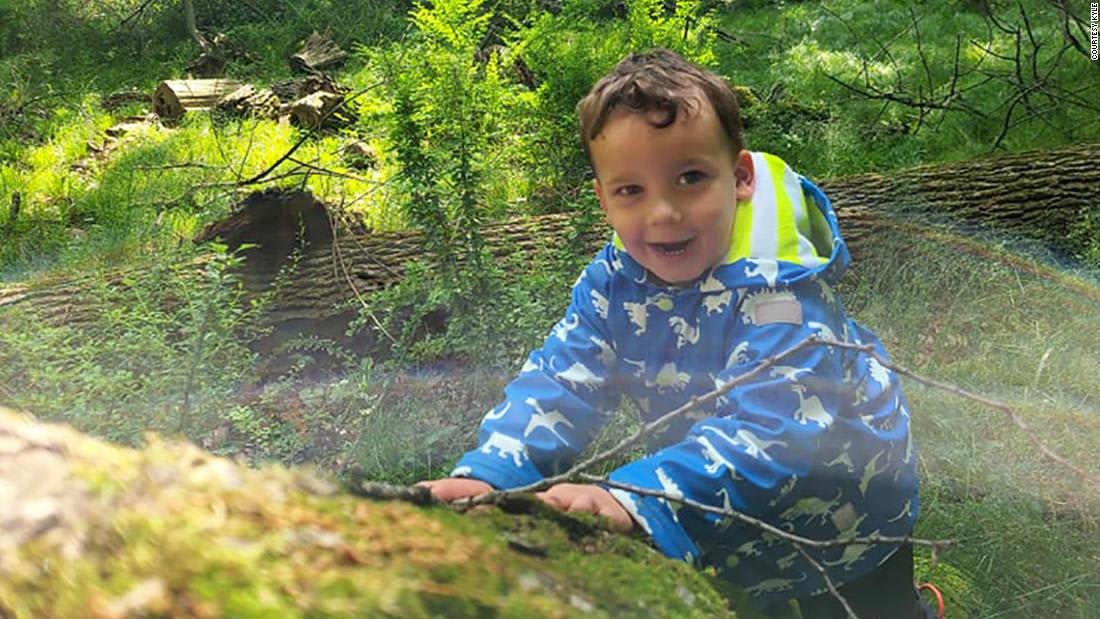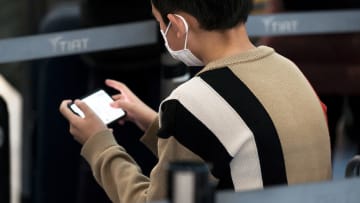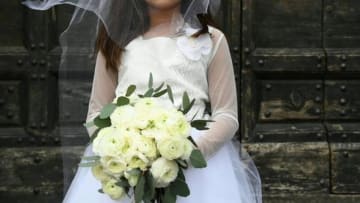دبي، الإمارات العربية المتحدة (CNN)-- "لا أريد ذلك.. لا أريد أن أكون هنا.. لا أحب هذا".. كانت نوبة غضب مايلز تتراكم منذ لحظة خروجه من السيارة، حيث أمسك بوالدته، كايل، وطلب العودة إلى المنزل.
وبعد لحظات، شاهدت كايل، التي لم ترغب في استخدام اسمها الأخير لحماية خصوصيتها، طفلها البالغ من العمر 3 سنوات وهو يتخبط بعناد على الأرض بجانب حوض السباحة، ليهم أخيرًا بالبكاء والصراخ.
ويذكر أن هذه كانت واحدة من أولى رحلاتهم بعد أكثر من عام من العيش في عزلة نسبية.
وكان الذهاب إلى المسبح في السابق نشاطًا روتينيًا للعائلة، وقد أخبرها مايلز، وهو طفل اجتماعي عادةً، أنه متحمس للذهاب لأول مرة منذ بداية الوباء.
هناك العديد من الأطفال، مثل مايلز، الذين كانوا يشعرون براحة أكبر للتواصل الاجتماعي قبل الوباء. لكنهم في الواقع صغيرون جدًا في العمر لتذكر تلك الأيام بوضوح.
تحدثت شبكة CNN مع اثنين من المتخصصين في طب الأطفال حتى يتمكن الآباء من مساعدة أطفالهم الصغار على التنقل بين هذه التجارب الجديدة.
وقالت الدكتورة جيني راديسكي، طبيبة الأطفال السلوكية التنموية والأستاذة المساعدة لطب الأطفال في Michigan Medicine، إن الذكريات تبدأ في التشكل في سن 2.5 عام تقريبًا.
وهذا يعني أن الطفل الذي يبلغ من العمر حاليًا حوالي 3 أو 4 سنوات، ليس لديه الكثير من الذكريات القوية عما كانت عليه الحياة قبل الوباء.
وتشجع راديسكي الآباء على السماح لأطفالهم بتطوير مهاراتهم الاجتماعية، ولكن بوتيرة مناسبة.
وقالت: "فكرة العودة إلى الوضع الطبيعي مربكة حقًا لكثير من الناس، لذلك أريد أن يشعر الوالدان أنه لا يتعين عليهما إعادة أطفالهما بسرعة إلى كل شيء 'طبيعي' في الوقت الحالي".
وتشجع الدكتورة نيها تشودري، وهي طبيبة نفسية للأطفال والمراهقين في مستشفى ماساتشوستس العام وكلية الطب بجامعة هارفارد، العائلات على التركيز على الروابط والعلاقات الاجتماعية، قائلة إنها مهمة لصحة الأطفال العقلية والجسدية بشكل عام، وللوالدين أيضًا.
لكن بعد مرور أكثر من عام من العزلة، قد يكون الانتقال صعبًا بالنسبة لبعض الأطفال الصغار، خاصة إذا كانوا أكثر تشددًا بطبيعتهم.
وقالت كايل إنه كان من الصعب تحقيق التوازن بين الصحة الجسدية والاجتماعية لأطفالها.
جهز طفلك
عندما تضع خططًا لطفلك، سواء كان ذلك موعدًا للعب أو الذهاب إلى المدرسة أو المخيم، فهناك طرق يمكنك من خلالها إعداد طفلك عقليًا لمساعدته على الشعور بمزيد من الراحة.
وتؤكد تشودري أنه من "الطبيعي تمامًا" أن يعبر الطفل عن التوتر أو الخوف أو القلق بشأن وضع اجتماعي جديد.
وقالت تشودري: "كلما زادت المعلومات التي يمكن للوالدين تزويد الأطفال بها، زاد شعورهم بالتمكين لخوض هذا التحول".
وتقترح راديسكي أن يتحدث الوالدان مع أطفالهم عن النشاط الاجتماعي مسبقًا.
وإذا كان طفلك قد فعل شيئًا من قبل، ساعده على تذكر شكله. وإذا لم يفعل ذلك، تقول تشودري إن نقلهم إلى الموقع مسبقًا يمكن أن يساعدهم على توجيه أنفسهم إلى بيئة جديدة.
ولكن عندما تظهر خطط اللحظة الأخيرة، لا يتمتع الآباء برفاهية إعداد أطفالهم. وإذا حدث ذلك، قالت راديسكي إنه يجب تركيز الآباء على الجوانب الإيجابية لما يفعلونه وتقديم معلومات حول ما يمكن توقعه.
وتقترح تشودري أيضًا أن يكون الآباء منفتحين على أطفالهم بشأن كيفية تعاملهم مع الإرهاق.
حافظ على هدوئك
وبغض النظر عن مدى استعداد طفلك لمواجهة المواقف الجديدة، قد ينهار.
وأشارت راديسكي إلى أن الأطفال الصغار يميلون إلى التعبير عن مشاعرهم من خلال سلوكهم، مثل نوبات الغضب التي تساعدهم على وضع حد للموقف في الوقت الحالي. وإذا حدث هذا، فإن راديسكي تشجع الآباء على عدم المبالغة في رد الفعل.
وقالت: "إذا أظهرت أنك خائف من مشاعر طفلك، فسيجدون مشاعرهم أكثر ترويعًا وأكثر إرهاقًا".
وأوضحت تشودري أنه في حال أصبحت عواطف طفلك أكثر حدة، فإن طلب المساعدة المتخصصة يمكن أن تفيده بشكل كبير.







